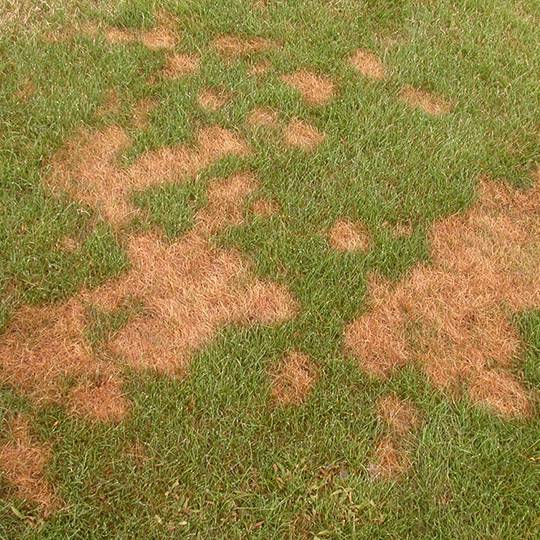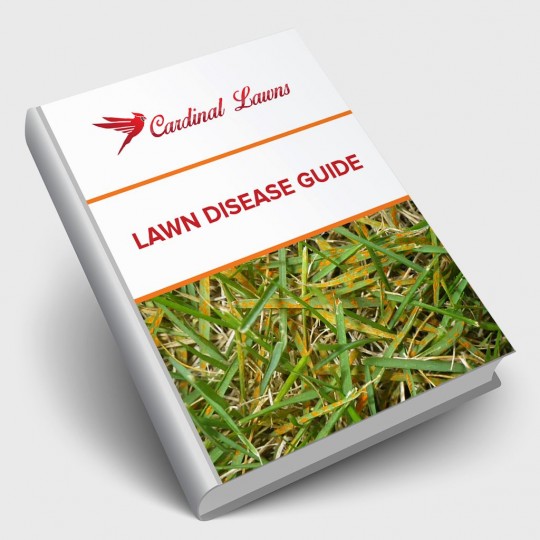Pythium Blight: The Enemy Lying Within Your Lawn
Posted
November 3, 2016

Pythium blight, affectionately nicknamed “grease spot,” spot blight, or cottony blight, is a highly destructive disease of turf grass. First reported in the United States in the 1930s, pythium blight was at first considered a problem only on golf greens. In more recent decades, however, this fungal lawn disease has become recognized as a problem for athletic fields and backyards, too. Bentgrass and ryegrass are particularly susceptible to the fungus.
The Pythium fungus can make grass look and feel wet and oily. In later stages, it can cause cotton candy-like fluffs of white or gray mycelium to grow out of infected turf.
Pythium blight causes the worst damage to turf in persistently hot and humid weather. It’s most deadly when the relative humidity remains above 90% for more than 14 hours, daytime temperatures stay above 85° F, and nighttime temperatures never fall below 68° F. In these conditions, infected grass will quickly brown, wilt, dry out, and die. Dead patches of grass, circular or irregular in shape, can grow to be six or more inches across.
How Pythium Blight Spreads
Pythium blight is easily spread by moving water and mechanical equipment. It can travel on the blades of a lawnmower and on the soles of shoes. The fungus thrives in water-logged, poorly drained grass. It also loves over-fertilized, alkaline (pH over 7) soil with high levels of nitrogen and low levels of calcium.
Prevent Pythium Blight
As with many lawn diseases, pythium blight is easier to prevent than to cure. You can’t do much about hot and humid weather, but you can take other steps to keep the lawn healthy, dry, and less hospitable to the fungus. Fertilize carefully with a slow-release formula in summer months. Water long and sparingly (no more than once a week), early in the day. This way, grass blades have a chance to dry out before nightfall. Aerate the soil to prevent thatch buildup and to loosen compacted, poorly draining soil. Fix your landscape and even out the turf to minimize areas where water might pool.
Treat Pythium Blight
If your lawn is already infected with pythium, your first job is to contain the spread of the disease. Your chances of saving the turf is best if you catch it at the oily-looking stage, before the grass turns streaky, patchy and brown. Remove thatch to remove sources of the Pythium fungus and to bring the lawn back to health. Block off the infected area from foot traffic. After mowing or aerating, wipe off your blades and tools and even shoes to prevent further spreading of the fungus.
Chemical treatments for this disease are usually only available to professionals. For severe cases of pythium blight, contact Cardinal Lawns for a professional evaluation. Reach them at 614-808-4446.

Download Your FREE Lawn Disease Guide
Even the most manicured landscapes are susceptible to lawn disease. Take some time to learn about identification and removal before one takes over your lawn. This handy guide teaches you how to spot common lawn diseases as well as how to properly treat them.